
Stephania species - Plant
(MRP Inclusive of all taxes)
- Shipping ₹79 for entire order
- Dispatch in 7 days
- Country of origin: India

(MRP Inclusive of all taxes)
 Save 29%
Save 29%
Air Purifier Money Plant with Pot The Air Purifier Money Plant, also known as Pothos or Epipremnum aureum, is a stunning indoor plant that...
View full details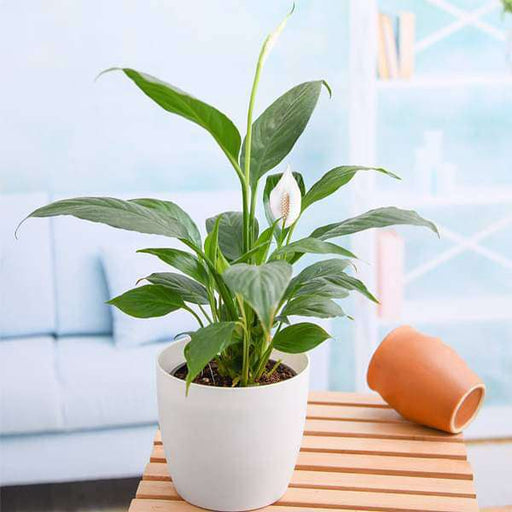
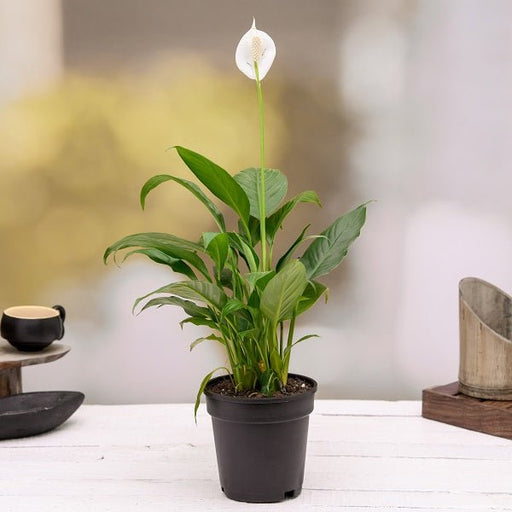 Save up to 15%
Save up to 15%
Peace Lily, Spathiphyllum - Plant The Peace Lily, scientifically known as Spathiphyllum, is a stunning houseplant celebrated for its elegant white...
View full details
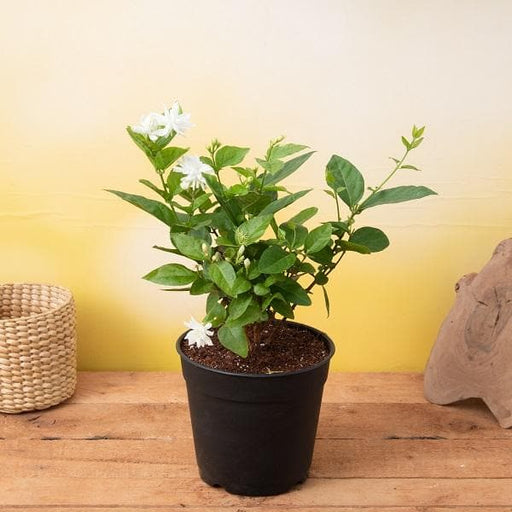 Save 25%
Save 25%
Jasminum sambac, Mogra, Arabian Jasmine - Plant Jasminum sambac, commonly known as Mogra or Arabian Jasmine, is a fragrant flowering plant...
View full details
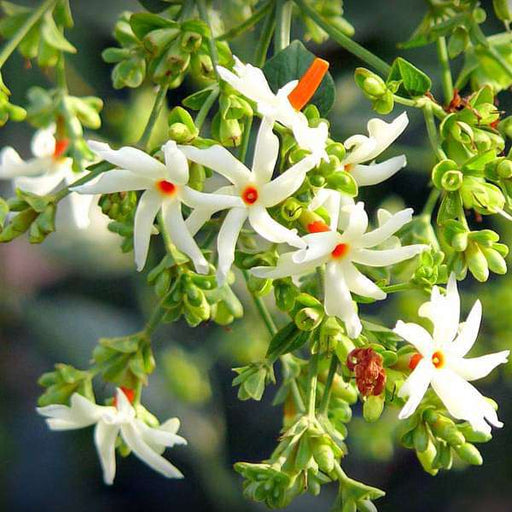 Save 18%
Save 18%
Combo Constituents Includes the Parijat Tree (Night-Flowering Jasmine), a culturally significant plant with fragrant flowers. Description The Pari...
View full details
 Save 25%
Save 25%
Miniature Rose, Button Rose (Any Color) - Plant The Miniature Rose, also known as the Button Rose, is a charming and compact flowering plant that ...
View full details Save 25%
Save 25%
Damascus Rose, Scented Rose (Any Color) - Plant The Damascus Rose, also known as Rosa damascena, is a timeless symbol of beauty and romanc...
View full details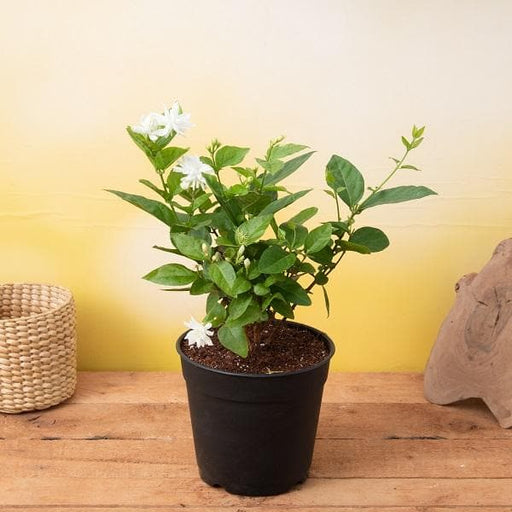
 Save 17%
Save 17%
Beautiful Fragrant Mogra, Arabian Jasmine Plant with Pot The Beautiful Fragrant Mogra, also known as Arabian Jasmine (Jasminum sambac), is...
View full details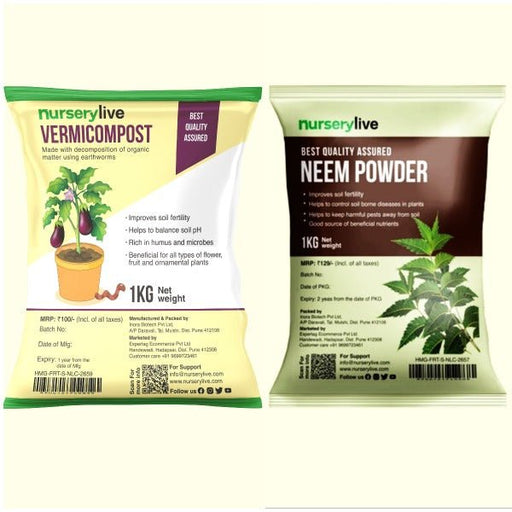 Save 15%
Save 15%
Pack of Vermicompost and Neem Cake for House Plants Transform your indoor garden with our premium Pack of Vermicompost and Neem Cake, spec...
View full details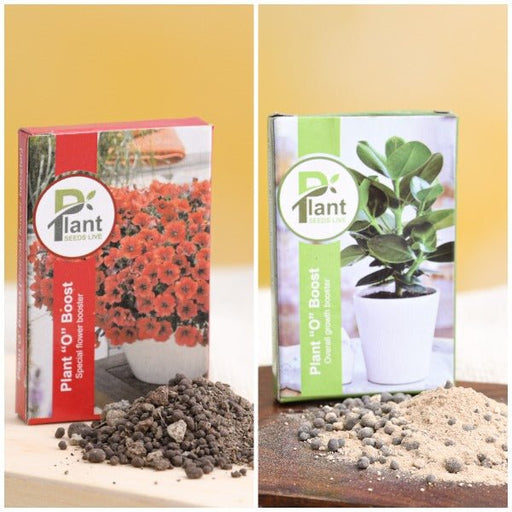
Pack of Plant Growth and Flower Boosters Unlock the full potential of your garden with our Pack of Plant Growth and Flower Boosters! This ...
View full details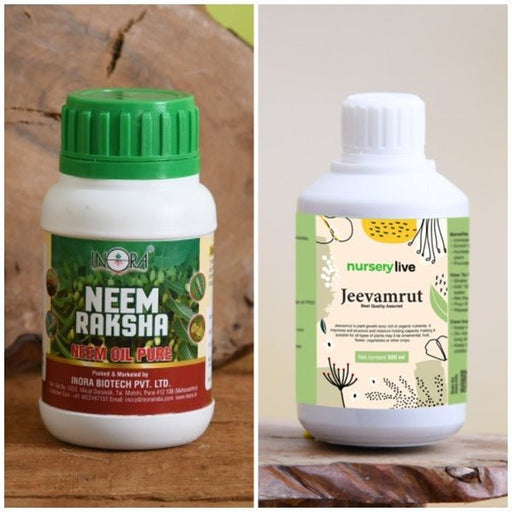 Save 38%
Save 38%
Combo of Jeevamrut and Neem Raksha for Easy Growth and Protection of Houseplants Transform your indoor garden with our exclusive combo of ...
View full details Save 22%
Save 22%
Plant Nutrients Kit (Pack of 16) for a Healthy Garden Transform your garden into a lush paradise with our Plant Nutrients Kit, featuring 1...
View full details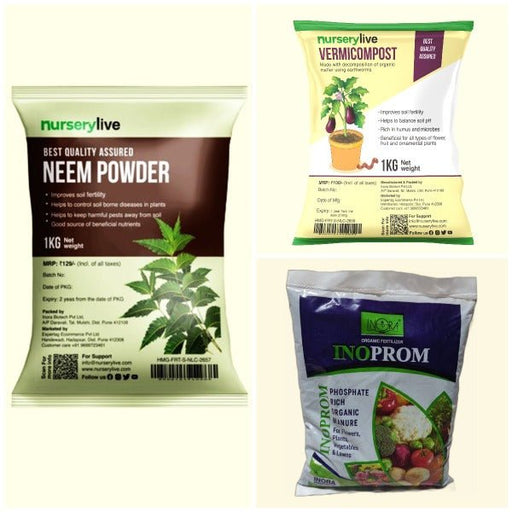 Save 16%
Save 16%
Combo of Top Plant Fertilizers Elevate your gardening game with our exclusive Combo of Top Plant Fertilizers, featuring two bags of premiu...
View full details Save 24%
Save 24%
Pack of 4 Additives to Make Soil Healthy and Nutrient Rich Transform your garden into a thriving ecosystem with our Pack of 4 Additives de...
View full details Save 30%
Save 30%
Transform your gardening experience with our premium Combo of Perlite and Vermiculite. This unique blend is designed to enhance soil aeration and ...
View full details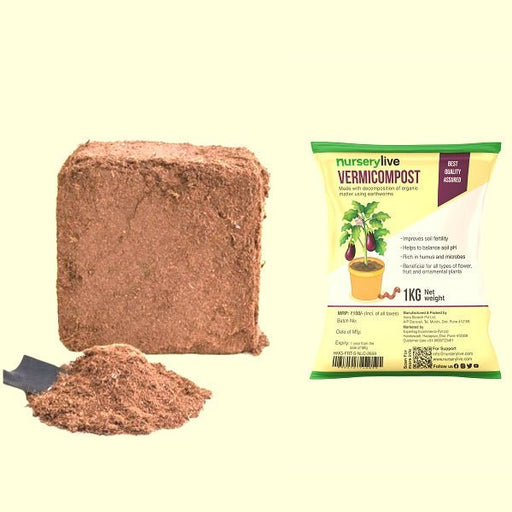 Save 27%
Save 27%
Combo of 2 Vermicompost and Cocopeat - Enrich Your Soil Naturally! Transform your garden into a thriving ecosystem with our Combo of 2 Ver...
View full details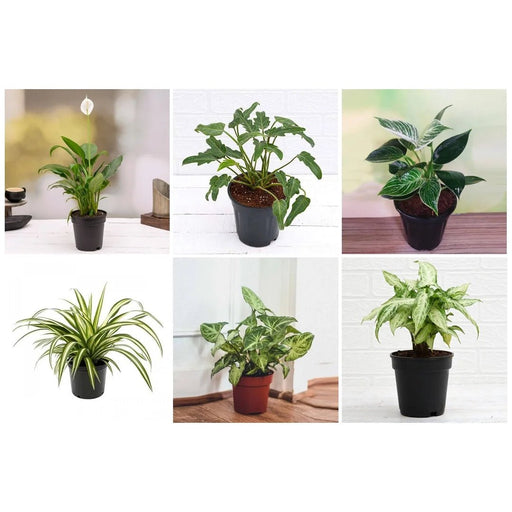
 Save 35%
Save 35%
Best 6 Plants for Perfect Indoor Garden Transform your living space into a lush oasis with our curated collection of the Best 6 Plants for a...
View full details
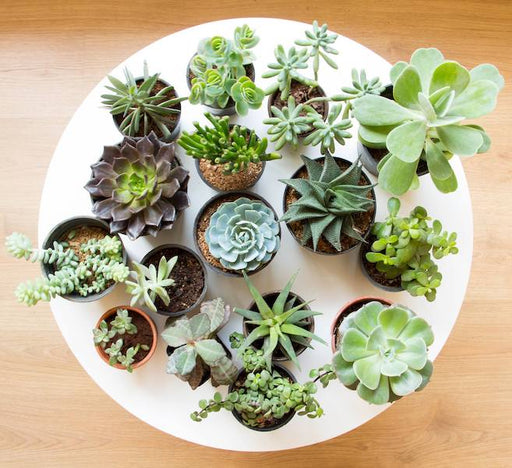 Save up to 50%
Save up to 50%
Mini Succulent Garden Pack Transform your space with our Mini Succulent Garden Pack, featuring a delightful collection of 4 any variety beautiful s...
View full details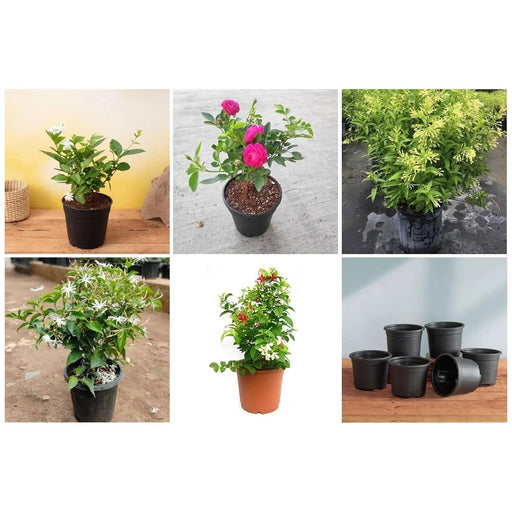
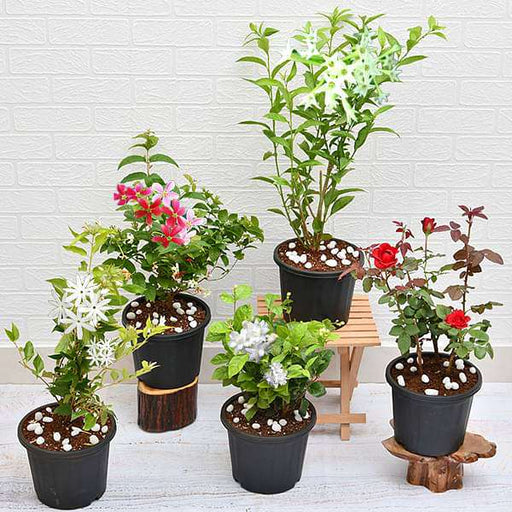 Save 30%
Save 30%
5 Best Fragrant Plants Transform your garden or indoor space into a fragrant paradise with our curated selection of the 5 Best Fragrant Plants. Th...
View full details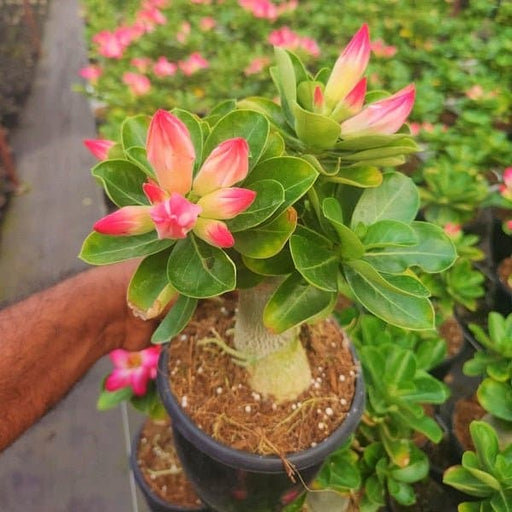
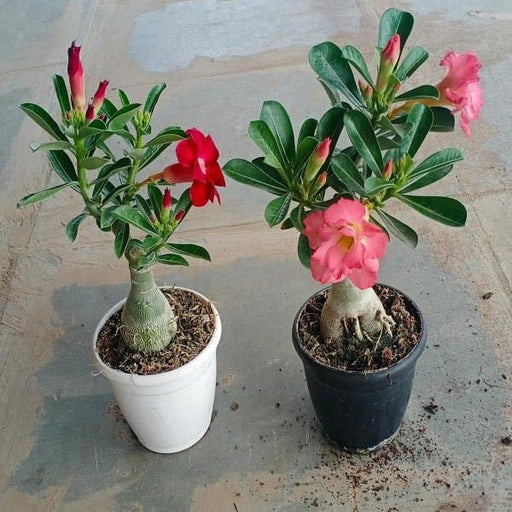 Save 24%
Save 24%
Set of 2 Bonsai Looking Grafted Adeniums Transform your indoor or outdoor space with our exquisite Set of 2 Bonsai Looking Grafted Adenium...
View full details Save 45%
Save 45%
Top 4 Die Hard Succulents Pack Transform your indoor or outdoor space with our Top 4 Die Hard Succulents Pack, featuring a curated selecti...
View full details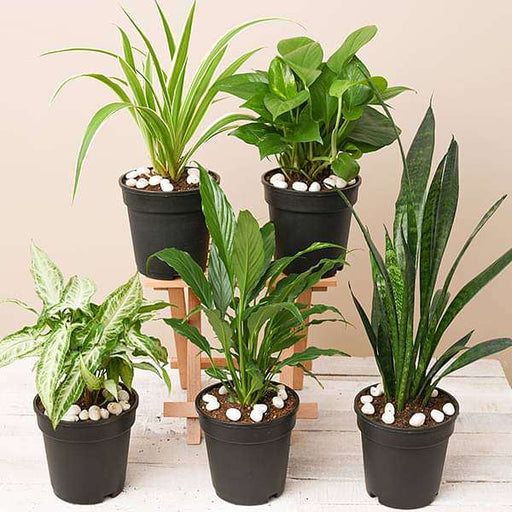
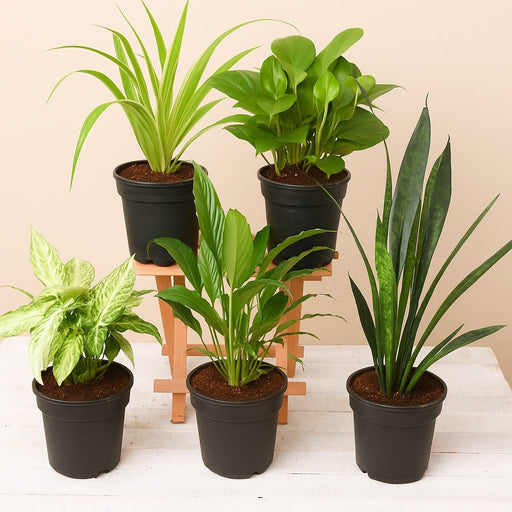 Save 30%
Save 30%
5 Best Indoor Plants Pack Transform your living space into a lush oasis with our '5 Best Indoor Plants Pack.' This carefully curated collection fe...
View full details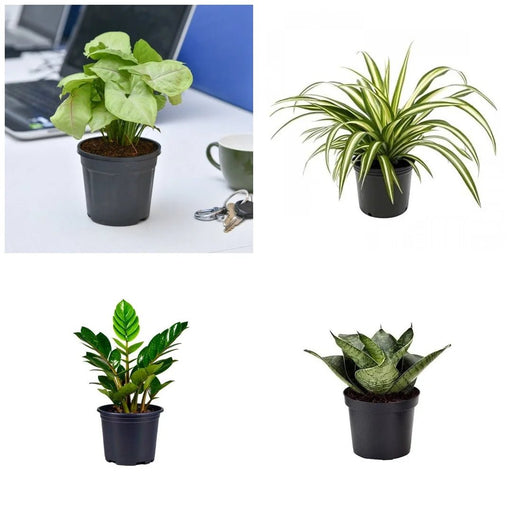
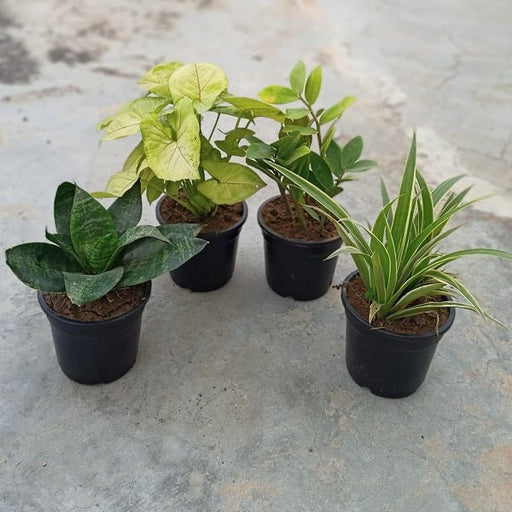 Save 25%
Save 25%
Set of 4 Evergreen Air Purifier Plant Pack Transform your indoor space into a lush, green oasis with our Set of 4 Evergreen Air Purifier Pla...
View full details| SrNo | Item Name |
|---|---|
| 1 | Stephania species - Plant |
Stephania species, commonly known as the "Chinese Potato" or "Stephania Root," is a unique and captivating plant native to Southeast Asia. This perennial vine is renowned for its distinctive tuberous roots and heart-shaped leaves, making it a popular choice among plant enthusiasts and collectors. With its intriguing growth habit and lush foliage, Stephania adds a touch of exotic beauty to any indoor or outdoor garden.
What makes Stephania species truly special is its adaptability and resilience. This plant thrives in various environments, from tropical to subtropical climates, and can be grown in pots or directly in the ground. Its unique tuberous roots not only serve as a fascinating focal point but also have historical significance in traditional medicine, where they have been used for their potential health benefits.
One of the standout features of Stephania species is its ability to produce stunning foliage that can create a lush, green backdrop in any setting. The plant's heart-shaped leaves can grow up to 10 inches wide, providing a dramatic visual appeal. Additionally, its low-maintenance nature makes it an excellent choice for both novice and experienced gardeners.
If you think caring for a plant is as easy as watering it and hoping for the best, think again! Stephania species require a bit of finesse. These charming little climbers thrive in well-draining soil and love a good misting. They’re like the divas of the plant world—demanding but oh-so-rewarding. Keep them in bright, indirect light, and they’ll reward you with lush foliage that makes your friends green with envy. Just remember, overwatering is a no-no; they prefer to sip rather than guzzle!
Propagating Stephania species is like playing plant matchmaker. You’ll need to take cuttings and give them a cozy home in water or soil. It’s a delicate dance of moisture and light, but once you get it right, you’ll have a mini jungle in no time. Just be patient; good things come to those who wait. Before you know it, you’ll be the proud parent of multiple Stephania babies, ready to take over your living room!
Who knew that a plant could be your new best friend? Stephania species not only beautify your space but also purify the air. They’re like tiny green superheroes, fighting off toxins and making your home a healthier place. Plus, they’re low-maintenance, so you can spend more time binge-watching your favorite shows instead of fussing over them. With their unique leaves and climbing tendencies, they’ll also add a touch of whimsy to your decor. Who wouldn’t want a plant that doubles as a conversation starter?
If you’ve ever tried to grow a plant in the dark, you know it’s a recipe for disaster. Stephania species are no exception; they thrive in bright, indirect light. Think of them as the sunbathers of the plant kingdom, soaking up those rays without getting scorched. Too much direct sunlight, and they’ll be waving the white flag of surrender. So, find that perfect spot where they can bask in the glow without getting fried, and watch them flourish!
When it comes to soil, Stephania species are a bit picky. They prefer a well-draining mix that allows their roots to breathe. Think of it as their version of a luxury spa treatment. A blend of potting soil, perlite, and orchid bark will do the trick. This combination keeps them happy and healthy, preventing root rot from crashing the party. So, if you want your Stephania to thrive, roll up your sleeves and whip up that perfect soil concoction!
Ah, pests—the uninvited guests at the plant party. Stephania species can attract a few pesky critters like spider mites and aphids. But fear not! A little neem oil or insecticidal soap can send those party crashers packing. Regularly inspecting your plants is key; it’s like being the vigilant bouncer at the door. Keep your Stephania species pest-free, and they’ll continue to shine like the stars they are, without any unwanted drama.
If you think your Stephania species can handle any temperature, think again! These plants prefer a cozy environment, ideally between 65°F and 80°F. They’re not fans of extreme cold or heat, so keep them away from drafty windows and scorching radiators. Think of them as the Goldilocks of the plant world—looking for that “just right” temperature. Keep them comfy, and they’ll reward you with vibrant growth and a happy demeanor.
Humidity is the name of the game for Stephania species. They thrive in a humid environment, reminiscent of their tropical origins. If your home is drier than a desert, consider investing in a humidifier or placing a pebble tray filled with water beneath their pot. They’ll appreciate the extra moisture and reward you with lush, vibrant leaves. So, if you want your Stephania to feel like it’s on a tropical vacation, keep that humidity level up!
While Stephania species are generally safe, it’s always good to be cautious. They’re not the most toxic plants out there, but they can cause mild irritation if ingested. So, if you have curious pets or little ones, it’s best to keep them out of reach. Think of it as a friendly reminder to respect their space. With a little awareness, you can enjoy the beauty of these plants without any worries!
If you’re looking for a plant that grows like a weed, Stephania species might not be your best bet. They have a moderate growth rate, which means you’ll need a bit of patience. But don’t let that deter you! With the right care, they’ll gradually climb and spread, adding character to your space. It’s like watching a slow-motion movie—exciting, but you have to savor every moment. So, sit back, relax, and enjoy the journey of growth!
The world of Stephania species is like a treasure trove of botanical wonders. With various varieties to choose from, you can find one that suits your style. From the classic Stephania erecta to the more exotic Stephania japonica, each brings its unique flair to your plant collection. It’s like having a diverse group of friends—each one adds something special to your life. So, explore the different varieties and find your perfect plant companion!
Stephania species are charming, climbing plants from the family Menispermaceae, often sporting heart-shaped leaves and unique tuberous roots. They’re like the introverts of the plant world—low maintenance yet full of character. Perfect for those who want a touch of exotic flair without the fuss!
Caring for Stephania species is a breeze! They thrive in bright, indirect light and prefer well-draining soil. Water them when the top inch of soil dries out, and they’ll reward you with lush growth. Just remember, they’re not fans of soggy feet—no one likes a wet sock!
The ideal soil for Stephania species is a well-draining mix, like a blend of potting soil, perlite, and orchid bark. Think of it as their personal spa treatment—light, airy, and just the right amount of moisture. They’ll flourish in this luxurious environment, leaving you to bask in their glory!
Water your Stephania species when the top inch of soil feels dry—about once a week, depending on humidity. They prefer a little drought over drowning, so channel your inner desert dweller. Remember, a little neglect can lead to a thriving plant, while overwatering is a recipe for disaster!
Yes, Stephania species appreciate a little extra love in the form of fertilizer! Use a balanced, water-soluble fertilizer every 4-6 weeks during the growing season. Think of it as their gourmet meal—just the right amount will keep them happy and healthy, but too much might spoil the fun!
Absolutely! Stephania species are perfect indoor companions. They love bright, indirect light and can adapt to various indoor conditions. Just give them a cozy spot near a window, and they’ll climb their way into your heart. Who knew indoor gardening could be this stylish
Watch out for pesky pests like spider mites and aphids! These little troublemakers can sneak up on your Stephania species. Keep an eye out for webbing or sticky residue. A gentle spray of insecticidal soap or neem oil will send them packing, ensuring your plant remains the belle of the ball!
Good news for pet lovers! Stephania species are considered non-toxic to cats and dogs. So, you can enjoy their beauty without worrying about your furry friends nibbling on their leaves. Just keep an eye on your pets—curiosity can lead to mischief, and we all know how that goes!
Propagating Stephania species is like a botanical magic trick! You can do it through tuber division or stem cuttings. Just ensure the cuttings have a few leaves and place them in water or soil. With a little patience, you’ll have new plants sprouting like confetti at a party!
Common varieties of Stephania species include Stephania erecta and Stephania japonica. Each boasts unique characteristics, from leaf shape to growth habits. They’re like the quirky cousins at a family reunion—each one brings something special to the table, making your plant collection all the more delightful!
Repotting Stephania species is a simple affair! Choose a pot that’s one size larger and fill it with fresh, well-draining soil. Gently remove the plant from its old pot, loosen any tangled roots, and place it in its new home. Voila! Your plant is ready to stretch its legs and grow!
Stephania species thrive in bright, indirect light—think of it as their version of a sunbathing session without the sunburn! Too much direct sunlight can scorch their leaves, while too little can leave them feeling gloomy. Find that sweet spot, and they’ll reward you with vibrant foliage and happy vibes!